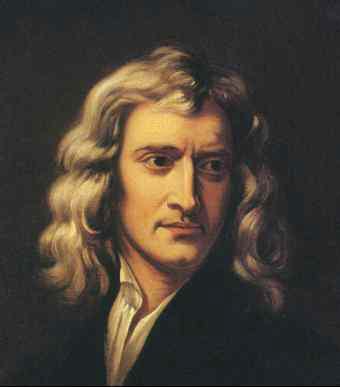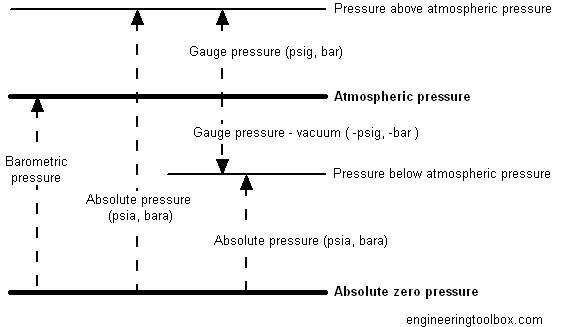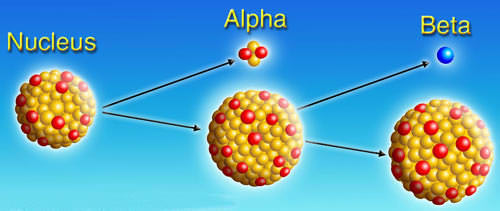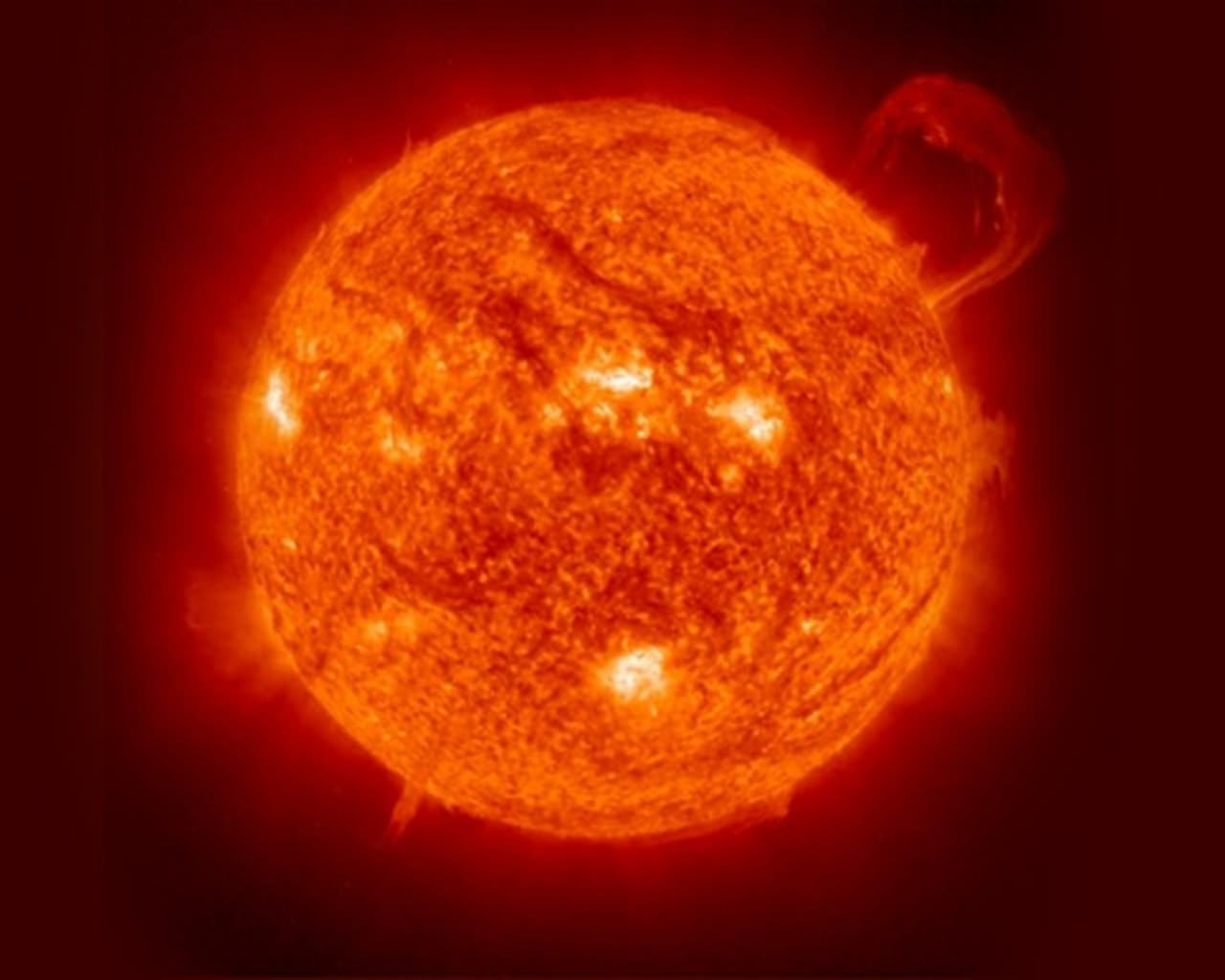[/caption]
Those who can remember sitting through elementary science class might recall learning that with all matter, light is absorbed and converted into energy. In the case of plants, this process is known as photosynthesis. However, they are by no means the only species or objects that do this. In truth, all objects, living or inorganic are capable of absorbing light. In all cases, absorption depends on the electromagnetic frequency of the light being transmitted (i.e. the color) and the nature of the atoms of the object. If they are complementary, light will be absorbed; if they are not, then the light will be reflected or transmitted. In most cases, these processes occur simultaneously and to varying degrees, since light is usually transmitted at various frequencies. Therefore most objects will selectively absorb light while also transmitting and/or reflecting some of it. Wherever absorption occurs, heat energy is generated.
As already noted, absorption depends upon the state of an objects electrons. All electrons are known to vibrate at specific frequencies, what is commonly known as their natural frequency. When light, in the form of photons, interacts with an atom with the same natural frequency, the electrons of that atom will become excited and set into a natural vibrational motion. During this vibration, the electrons of the atom interact with neighboring atoms in such a way as to convert this vibrational energy into thermal energy. Subsequently, the light energy is not to be seen again, hence why absorption is differentiated from reflection and transmission. And since different atoms and molecules have different natural frequencies of vibration, they will selectively absorb different frequencies of visible light.
By relying on this method, physicists are able to determine the properties and material composition of an object by seeing which frequencies of light it is able to absorb. Whereas some materials are opaque to some wavelengths of light, they transparent to others. Wood, for example, is opaque to all forms of visible light. Glass and water, on the other hand, are opaque to ultraviolet light, but transparent to visible light.
Ultimately, absorption of electromagnetic radiation requires the generation of the opposite field, in other words, the field which has the opposite coefficient in the same mode. A good demonstration of this is color. If a material or matter absorbs light of certain wavelengths (or colors) of the spectrum, an observer will not see these colors in the reflected light. On the other hand if certain wavelengths of colors are reflected from the material, an observer will see them and see the material in those colors. For example, the leaves of green plants contain a pigment called chlorophyll, which absorbs the blue and red colors of the spectrum and reflects the green. Leaves therefore appear green, whereas reflected light often appears to the naked eye to be refracted into several colors of the spectrum (i.e. a rainbow effect).
We have written many articles about the absorption of light for Universe Today. Here’s an article about absorption spectra, and here’s an article about absorption spectroscopy.
If you’d like more info on light absorption, check out an article about Light Absorption, Reflection, and Transmission. Also, here’s an article about reflection and absorption of light.
We’ve also recorded an entire episode of Astronomy Cast all about Energy Levels and Spectra. Listen here, Episode 139: Energy Levels and Spectra.
Sources:
http://en.wikipedia.org/wiki/Absorption_%28electromagnetic_radiation%29
http://hyperphysics.phy-astr.gsu.edu/hbase/biology/ligabs.html
http://www.physicsclassroom.com/class/light/u12l2c.cfm
http://www.andor.com/learning/light/?docid=333
http://www.chemicool.com/definition/absorption_of_light.html
http://hyperphysics.phy-astr.gsu.edu/hbase/biology/photosyn.html#c1








